Cody
Carlsberg Brewery, 2011
Meeting locals in a foreign city has many pleasant sides, but certainly one of them is getting to know great places that are not featured in the travel guide of your choice. Our session with the Copenhagen-based 7-piece band Cody is one of those occasions. They invite us to a huge, abandoned industrial building in the area of the former Carlsberg brewery, and in fact the place is so fantastic that it’s difficult to decide where to actually film the videos. We finally set up in the fourth floor when the daylight starts to fade away. Cody play „Sixteen Holes“ from their recent Denmark-only release „Under The Pillow, Under The Elms“, and the sound of guitars, ukulele, violin, cello, double bass and beautiful vocal harmonies fills the empty space. We move up one floor after that to another impressive hall with a solitary ping pong table and the band goes for a quick runaround ping pong tournament. Sitting down on some couches singer Kasper then starts into „Under The Pillow“, another haunting song from their latest EP. As a final treat we get to hear the brand new „Close The Door“ in the middle of the hall, a promising teaser for the new album they are currently working on. A bit reluctant we pack our stuff and leave a place that could be the stage for many more recordings.
- Camera
- Michael Luger
- Sound Recording
- Bence Kováts
- Post production
- Michael Luger
- Photography
- Tom Spray
- Artist
- Cody
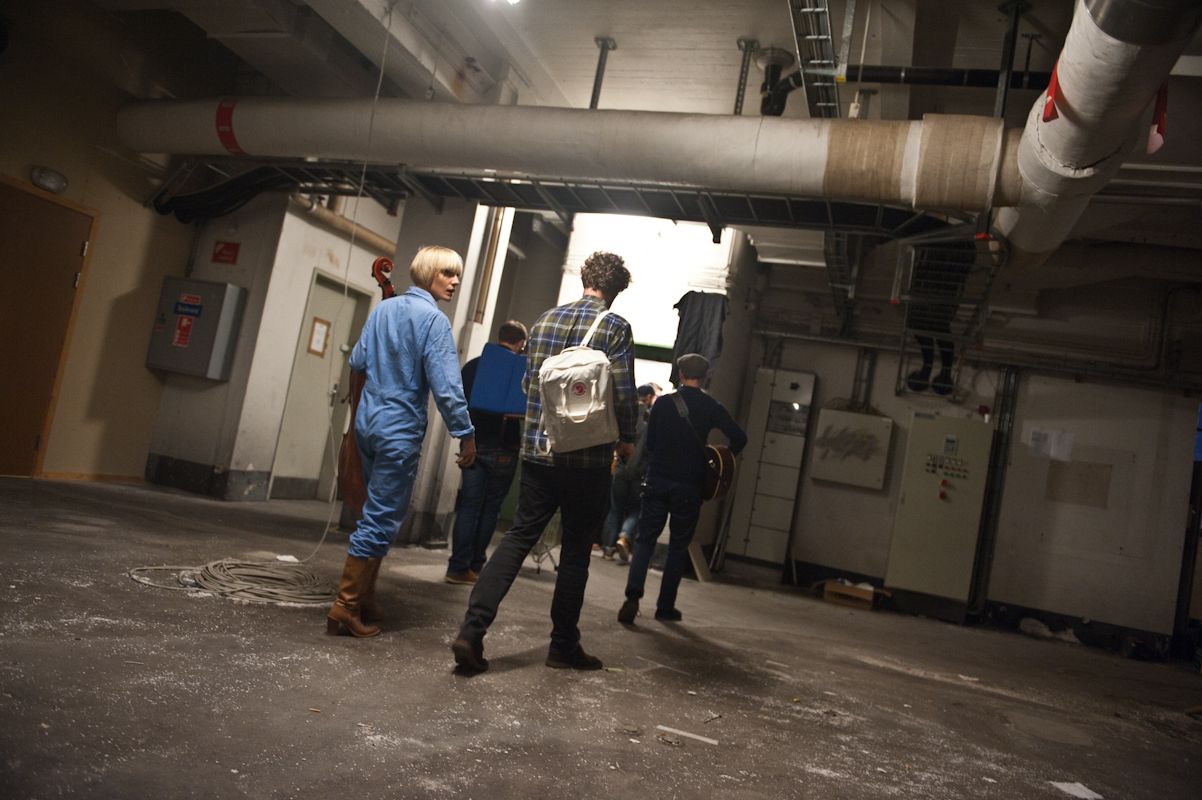


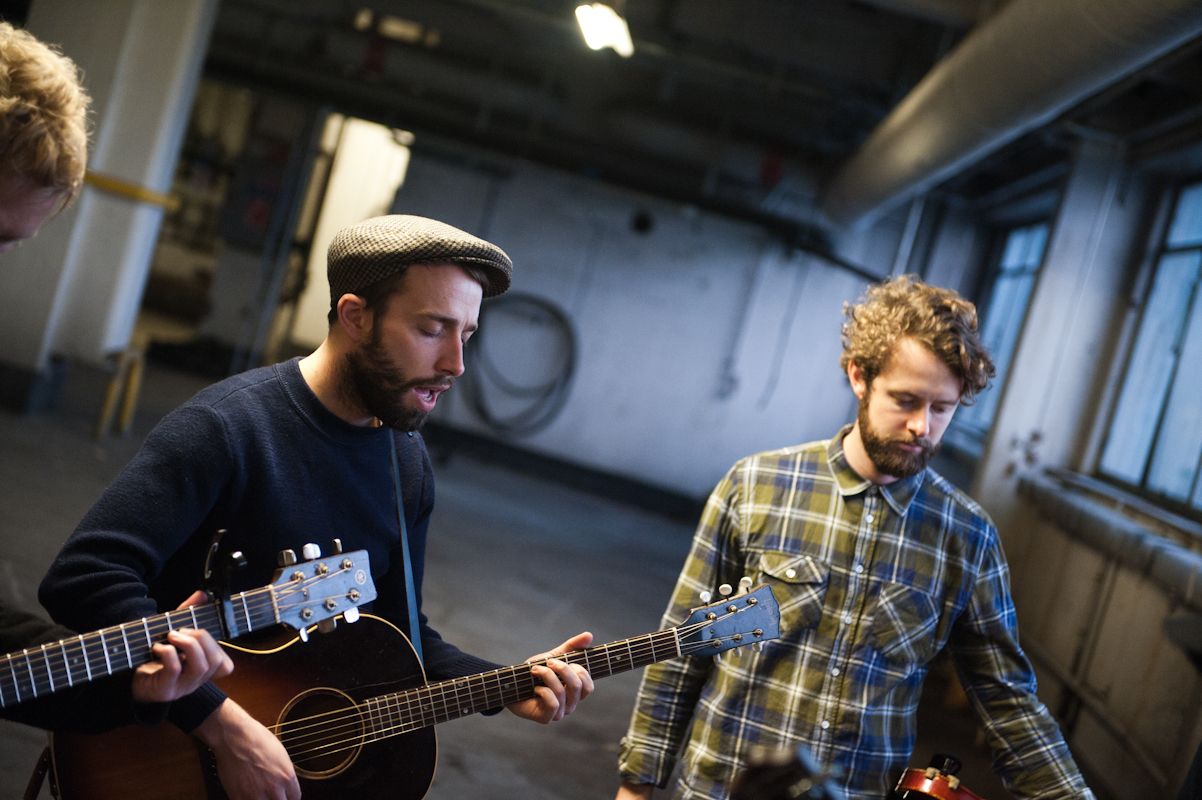

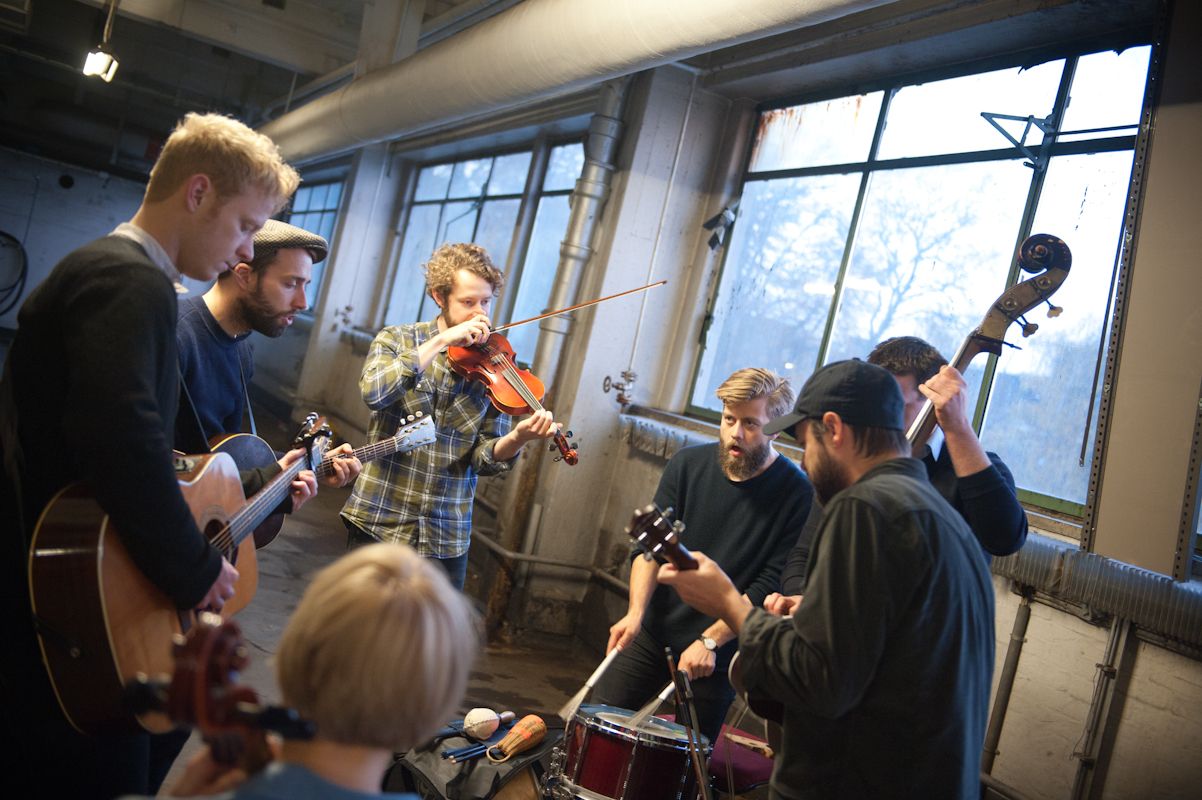
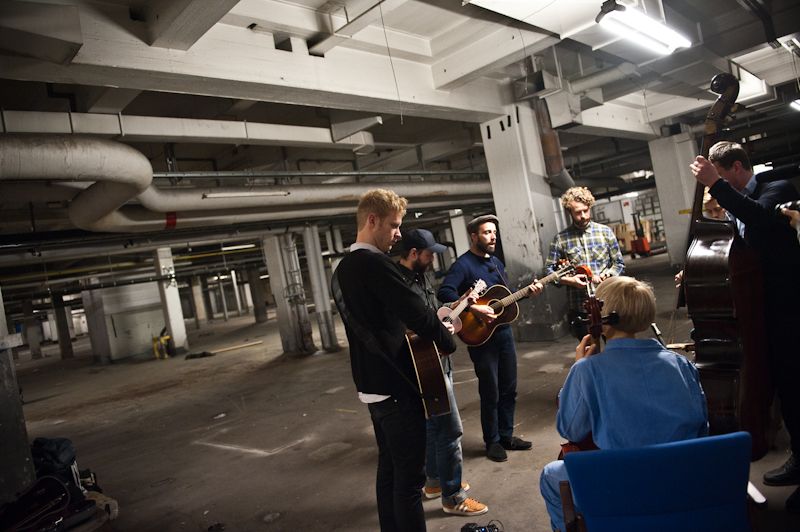

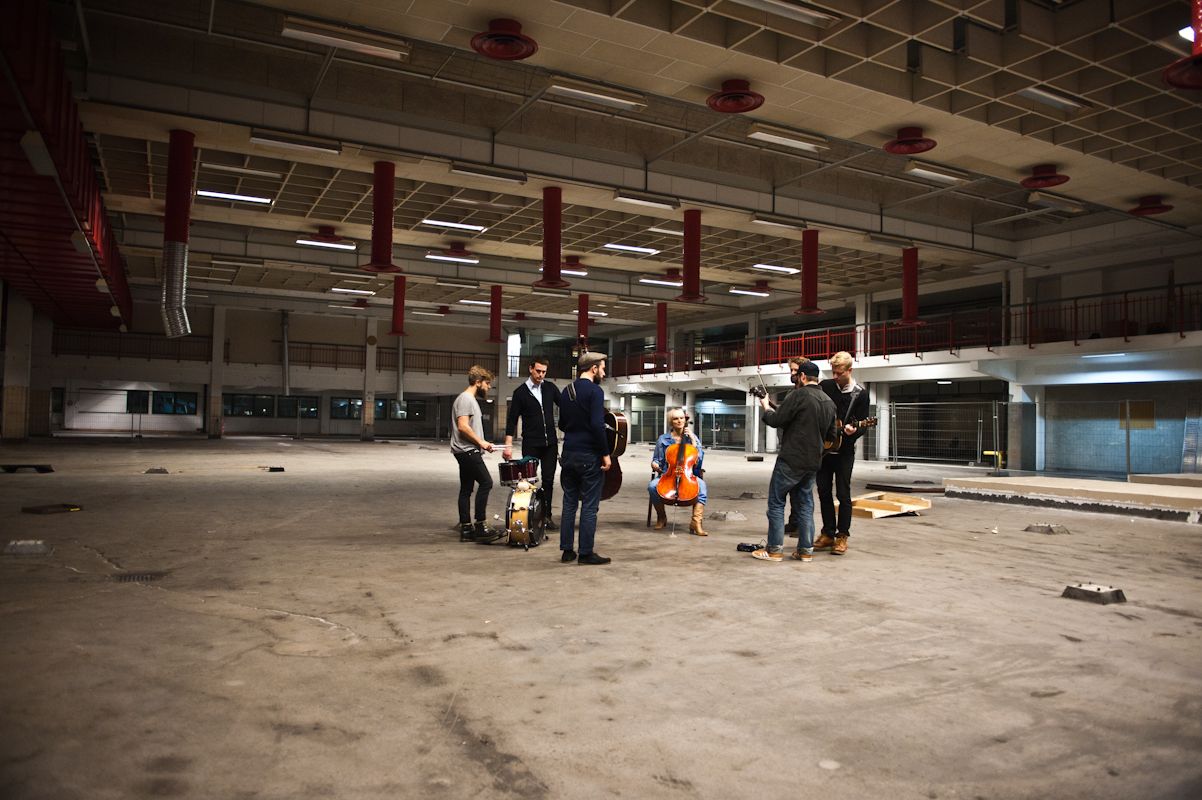



Carlsberg Brewery
„No more beer brewing in Copenhagen!“ That’s what the management of the Carlsberg Group, the 4th largest brewery group in the world, decided in the end of 2008. Beer production moved some 200 kilometers west to Fredericia, leaving a huge industrial area of 33 hectares in Valby, Copenhagen more or less empty. But the decision did not come as a surprise and plans for the redevelopment of the area were already discussed back then. Today Carlsberg Byen (Danish for Carlsberg City) still houses the brewery’s headquarters, a visitors center and a museum, as well as some stunning examples of 19th century industrial architecture (remarkable gates, chimneys and brewhouses with exotic ornamentation). But also the less magnificent buildings have come to new life: Arts galleries opened in former garages, a photography center moved into one of the brewhouses, and many artists and creative industries companies have found temporary atelier or office space in the huge abandoned buildings. Redevelopment plans aim at creating a city within the city, a new vibrant neighbourhood in the Carlsberg area within a decade or two. But the temporary use of the site makes it an exciting place-to-be already now.